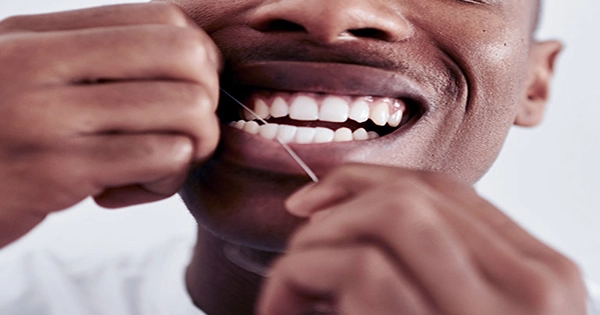Are teeth made up of bones? It’s easy to compare polishing your sparkling whites to buffing a set of lip bones. Are teeth considered bones because they’re both hard on the exterior with somewhat squishier sections on the inside and the same color? No, and the more you study about what teeth are composed of, where they come from, and when they come in, the more mystical they appear. It’s possible that your dentist was right all along.
Teeth are not considered bones, despite the fact that they share many characteristics with them. There are a few fundamental differences between the two. To begin, the surfaces of your bones are largely collagen, but your teeth have an enamel covering comprised of hydroxyapatite, a calcium phosphate mineral. Your enamel is actually tougher than bone and even steel, but it’s also a lot more fragile, so you won’t be able to scratch it, but you will be able to chip it.

Enamel, unlike bone, cannot repair itself. “Enamel is generated by wonderful cells called ameloblasts, which die as soon as the enamel top of a tooth is formed,” Ollie Jupes, a former NHS dentist, told IFLScience. “As a result, the enamel is incapable of self-repair or regeneration.”
Another distinction is that a spongy layer of bone lies beneath the outer covering of a bone, whereas teeth have dentine beneath their enamel coating. “Dentine has a similar strength to bone, but unlike bone, it cannot renew; it can only repair the damage,” Jupes added. “This is where dentists can help. If you insist on getting cavities, dentine is packed of small channels carrying fluid and nerve endings that will communicate pain.”
Humans get a bit of a dress rehearsal when it comes to cavities, as we acquire primary and permanent sets of teeth. Teeth begin to form before birth. Babies’ first teeth are well into development when they are born, concealed beneath their gums until they begin poking through within a year. From the age of six, children have both their primary and permanent teeth, which results in some strange-looking x-rays. However, once the adult teeth are in place, you’re out of luck, as any teeth that are lost or destroyed will not be replaced or regrown (though scientists are trying to regrow teeth).
Bone, on the other hand, will grow and renew throughout your life, thus telescopic leg bones that grow in length as you grow aren’t necessary in your juvenile body plan. Are you grossed off by children’s jaws? They are strange, to say the least… Have you ever seen “geese teeth”?
















